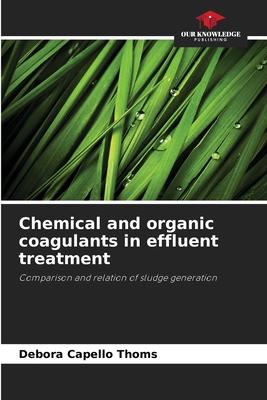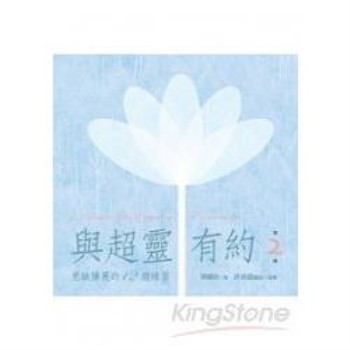The concern and demands for the proper treatment of effluents generated in the most diverse processes arising from anthropogenic activities are nothing new these days, and are growing more and more. Among the most commonly used chemical coagulants are aluminum sulfate, ferric chloride, aluminum hydroxychloride and ferric sulfate. These coagulants are used in the primary process and are responsible for removing approximately 60% of the organic matter (SCHUCK, 2011), microorganisms and other substances present in the effluent. In recent years, natural alternatives without the metallic composition found in traditional coagulants have been sought to remove organic matter. Among the alternatives is tannin, described by Cruz (2004) as a natural polymer that is increasingly being used, obtained from the extract of black wattle (Acacia mearnsii). The use of these coagulants/flocculants depends on the physical characteristics of each effluent under analysis, relating mainly to the solids content and resulting in the volume of sludge generated in the effluent treatment plant (LORA, 2002).
| FindBook |
|
有 1 項符合
Capello Thoms的圖書 |
 |
$ 2145 | Chemical and organic coagulants in effluent treatment
作者:Capello Thoms 出版社:Our Knowledge Publishing 出版日期:2024-03-31 語言:英文 規格:平裝 / 56頁 / 22.86 x 15.24 x 0.33 cm / 普通級/ 初版  看圖書介紹 看圖書介紹
|
|
|
圖書介紹 - 資料來源:博客來 評分:
圖書名稱:Chemical and organic coagulants in effluent treatment
|











